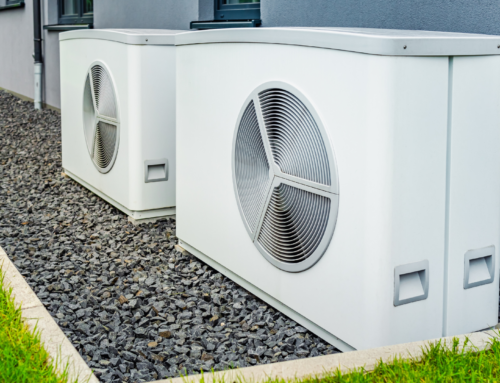Are you a homeowner or business owner looking to embark on your next clean energy project? Learn more about our low-cost financing options here.
What are Green Banks?
You might have heard the term “green bank” in the news a lot more lately thanks to the latest announcement regarding the Environmental Protection Agency’s (EPA) $27 Billion Greenhouse Gas Reduction Fund (GGRF). One of the program awardees, the Coalition for Green Capital, has been working tirelessly over the last decade to expand the presence and capability of green banks and will use its award to capitalize the first national green bank.
Unlike many traditional financial institutions, green banks focus exclusively on the mission of addressing climate change. They achieve this mission by investing in low-carbon, climate-resilient (LCR) infrastructure and various sectors of the green economy, such as clean energy and waste management. Green Banks then leverage their investments to unlock far greater sums of private capital, thus maximizing the overall impact they have in the market. And they focus on supporting underserved market segments and communities to ensure the optimization and impact of their capital deployments.
Currently, several green banks operate at state, local, and international levels, each playing a crucial role in mobilizing capital for renewable energy, energy efficiency, and climate resilience projects. Green banks contribute significantly to accelerating the transition towards a low-carbon economy and reducing financial barriers, especially in low-income and disadvantaged communities.
Why are Green Banks Needed in the Market?
Green banks play a pivotal role in advancing sustainable development and reducing greenhouse gas emissions by providing financial support to green projects and initiatives. In today’s market, where the urgency to transition towards a low-carbon economy is more apparent than ever, green banks offer a beacon of hope. Green banks place a focus on financing renewable energy projects, energy efficiency upgrades, and other environmentally friendly initiatives.
Serving as engines of economic growth, green banks help drive clean energy adoption and support the emergence of green industries. They provide favorable financing terms and rates for clean energy projects which not only helps mitigate climate change but also promotes equitable access by supporting communities disproportionately affected by environmental degradation. As we navigate the obstacles posed by climate change, green banks emerge as allies, steering the financial sector towards a more sustainable and prosperous future for all.
Given today’s financial market, there is an urgent need for alternative options that prioritize underserved communities and environmental conservation. Green banking offers a promising solution by aligning financial needs with environmental objectives. Some improvements green banks seek to finance are those that decrease utility costs, reduce greenhouse gas emissions, increase electrification and grow renewable energy generation—while improving overall quality of life to empower communities of all shapes and sizes.
What Financial Gaps Do Green Banks Fill?
An important role of green banks is to bridge the gaps between clean energy projects, traditional lenders, and underserved customer segments and borrowers. By directing investments towards individuals or groups who are not able to secure a loan elsewhere for their clean energy and energy efficiency projects, green banks can contribute to a more equitable and resilient economy while mitigating the adverse impacts of climate change.
For instance, some green banks can offer subsidized loans at below-market interest rates or offer loans to customers who do not meet the credit requirements of traditional lenders. Through these initiatives, green banks are pivotal in accelerating the transition to a sustainable energy future while fostering economic growth and resilience for all communities.
As Colorado’s green bank, CCEF offers a portfolio of loan products to help residential, commercial, industrial, agricultural, municipal, affordable housing, and nonprofit borrowers break down barriers to clean energy adoption. This drives progress toward a clean Colorado, which means reduced pollution and helping Coloradoans live better, healthier lives – now and in the future.
Whether you’re a homeowner, business owner, contractor, or developer, we have loan programs designed to address various needs related to clean energy and energy efficiency. Visit our webpage here to discover all of our low-cost financing options.







